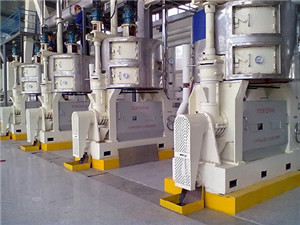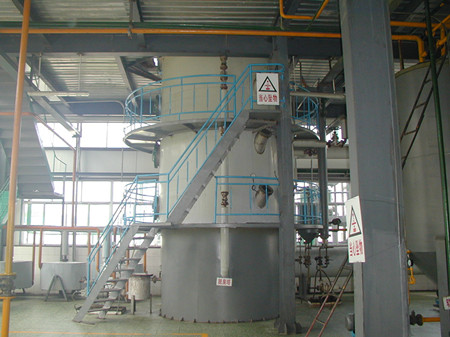
For medium-sized oil mills seeking consistent quality and compliance in global markets, the deodorization stage is both a critical bottleneck and an opportunity for differentiation. Many facilities still struggle with residual impurities, off-flavors, and non-compliant emissions—issues that directly impact product shelf life, customer trust, and regulatory approval.
A successful refining process hinges on mastering four core steps:
This last phase is especially crucial—it determines whether your finished oil meets international standards like ISO 22000 or EU Regulation (EC) No 178/2002. A poorly controlled deodorizer can leave behind rancid notes or even cause oxidative instability during storage.

Modern deodorizers don’t just improve flavor—they must also integrate seamlessly with thermal oxidizers or scrubbers to meet environmental regulations. For example:
| System Type | Emission Reduction Efficiency | Certification Advantage |
|---|---|---|
| Thermal Oxidizer (TO) | 95–98% | CE Mark, EN 14580 |
| Wet Scrubber | 85–92% | ISO 14001 Compliant |
In one case study from Vietnam, a mill reduced odor complaints by 30% within three months after switching from a basic tower to a modular unit paired with a catalytic oxidizer. Their customers reported improved sensory stability across six-month shelf-life tests.
Heat recovery systems can reclaim up to 60% of the energy used in deodorization, translating into annual savings of $12,000–$25,000 per facility depending on throughput. Modular designs also allow for easier maintenance and scalability—ideal for growing operations targeting export markets.
Don’t overlook certifications either. Equipment with CE or ISO 22000 alignment not only ensures compliance but builds buyer confidence when entering new regions—from the Middle East to Southeast Asia.

Whether you're upgrading existing lines or building from scratch, understanding how your deodorizer interacts with emission control isn’t optional—it’s foundational to competitiveness.
Ready to avoid common pitfalls? Download our “Deodorization Mistakes Checklist”—used by over 200 oil processors worldwide—to ensure your setup passes both technical and market scrutiny.
Click here to download the checklist →
